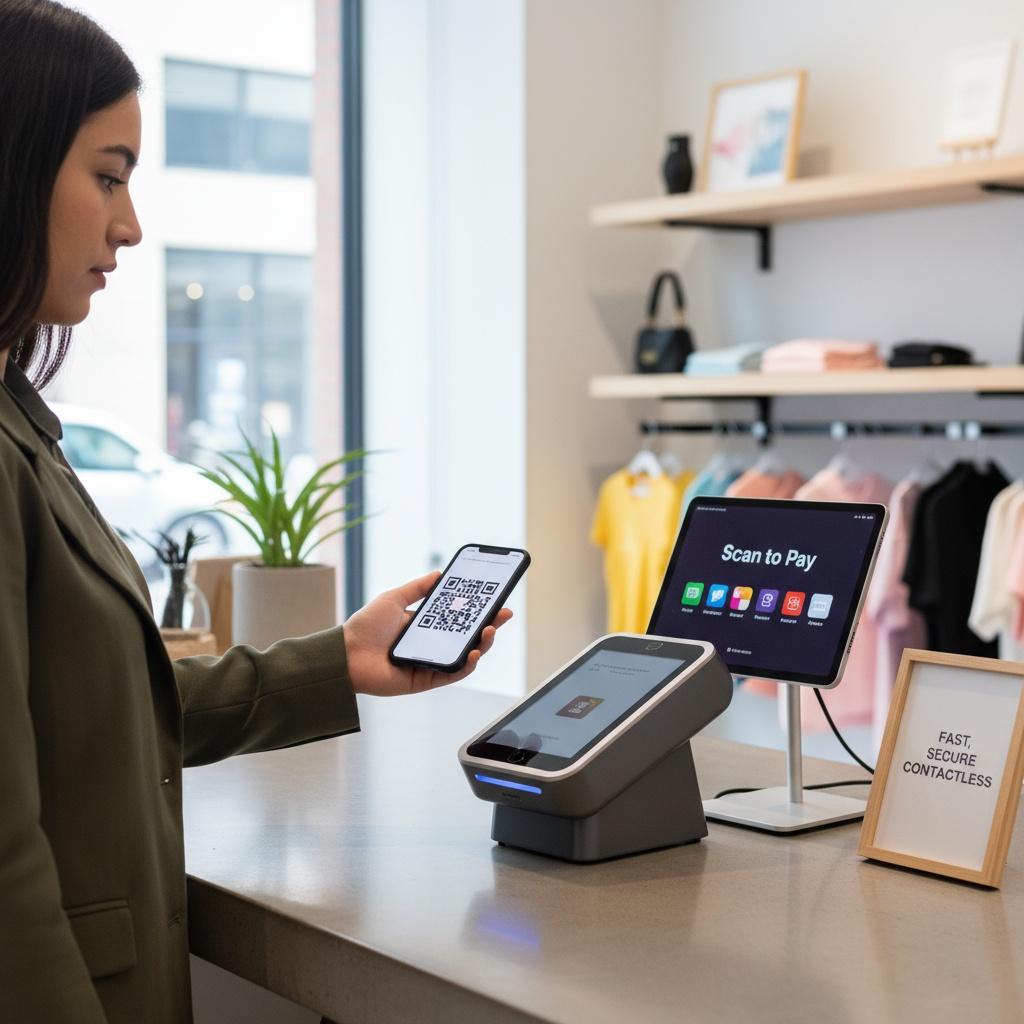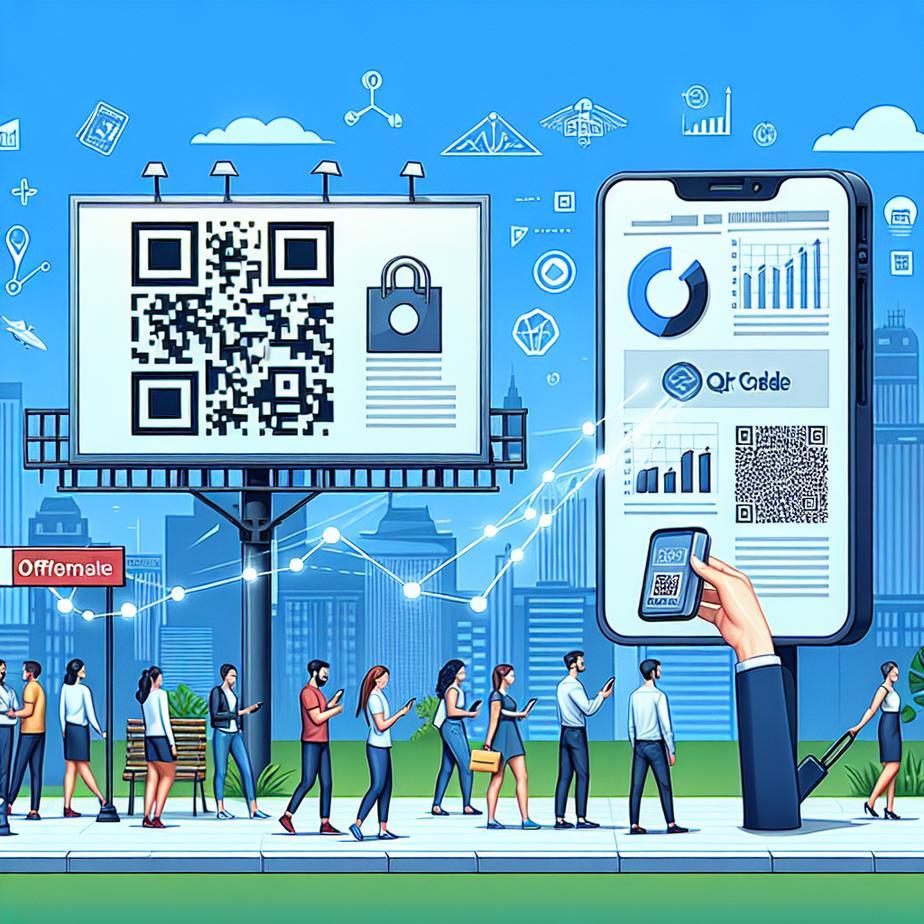

In today’s fast-evolving marketing landscape, measuring the effectiveness of offline advertisements remains a daunting challenge for many businesses. Traditional offline ads like billboards, flyers, and print media often lack the direct feedback mechanisms prevalent in digital campaigns. However, the integration of QR codes in business marketing strategies has revolutionized how brands trace and analyze offline ad performance.
QR codes act as a dynamic bridge connecting physical marketing mediums to digital platforms. When a consumer scans a QR code embedded in an offline ad, it instantly directs them to a specific online landing page with embedded tracking parameters. This link transformation allows brands to capture invaluable data on user behavior, shedding light on the effectiveness of offline advertisements.
Every scan of a QR code records key data points such as time, location, and device type. By leveraging this data, marketers can assess how their campaigns perform in different regions or during specific time frames. This granular visibility eliminates the ambiguity often associated with offline ad impacts. According to insights from Sterc’s blog on measuring offline campaigns, QR codes significantly reduce the “direct traffic” guesswork often seen in web analytics.
Traditionally, calculating the return on investment (ROI) for offline ads was cumbersome due to the lack of direct attribution. QR codes simplify this by allowing marketers to link scans directly to conversions such as purchases, sign-ups, or other desired actions online. By integrating QR code tracking with platforms like Google Analytics, businesses gain accurate insights into which offline channels are driving tangible results, as highlighted by Uniqode’s exploration of proving QR code ROI.
One of the standout features driving digital transformation tools in marketing is the use of dynamic QR codes. Unlike static codes, dynamic QR codes allow updates to their destination URLs without changing the physical code. This flexibility offers ongoing measurement and campaign tweaks post-launch, making it ideal for long-term offline marketing strategies.
Dynamic QR codes can carry unique UTM parameters, enabling segmentation by campaign, location, or even specific creatives. This level of detail empowers marketers to conduct A/B testing in real environments and optimize campaigns based on actual consumer interactions. The ability to track and analyze individual campaign components enhances the precision of modern marketing strategies significantly.
Beyond measurement, QR codes elevate customer experience by offering interactive content, exclusive promotions, or loyalty programs that deepen engagement. Brands like Coca-Cola and Starbucks have successfully integrated QR codes in their campaigns to enrich consumer journeys, as observed in case studies from Adjust’s insights on app QR code marketing. This integration of offline and online touchpoints nurtures sustained relationships and drives repeat business.
Incorporating QR codes as part of modern marketing strategies provides businesses with a data-driven approach, turning traditional offline ads into measurable and optimizable campaigns. The simplicity and versatility of QR codes make them essential tools for companies aiming to embrace digital transformation tools while maintaining strong offline visibility.
QR codes have emerged as indispensable assets in measuring and maximizing offline ad performance. By linking physical advertisements directly to digital analytics, they empower marketers to collect actionable data, calculate ROI accurately, and refine campaigns continuously. For businesses eager to harness the benefits of digital transformation tools, integrating QR codes into offline advertising is a strategic move toward smarter, more effective marketing. As consumer behavior grows increasingly omni-channel, QR codes offer a robust solution to connect those dots and drive measurable growth.